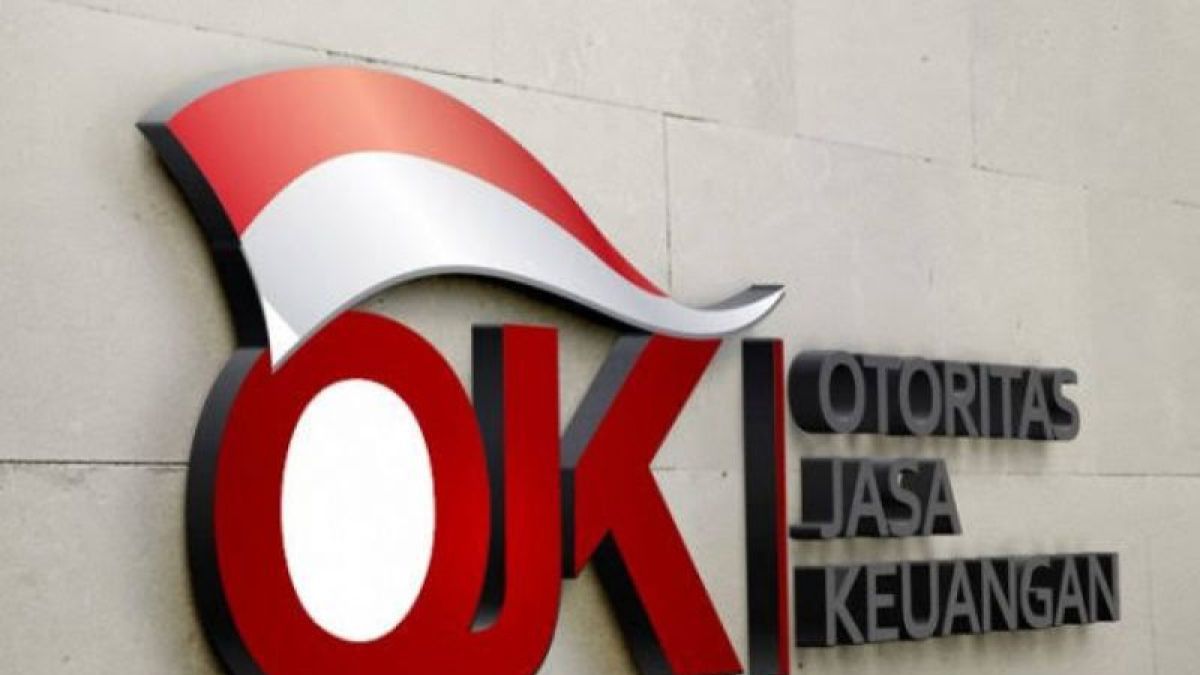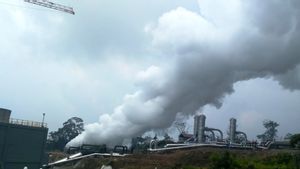JAKARTA - The Chief Executive of Banking Supervisory, Dian Ediana Rae, assesses that in the future it is still necessary to pay attention to banking risks stemming from market risks and their impact on liquidity risks related to the high sentiment of global interest rates.
Dian conveyed that other sentiments stemmed from the potential increase in credit risk towards the end of the restructuring credit relaxation period related to Covid-19 at the end of March 2024.
For information, this was conveyed in the Indonesia Banking Surveillance Report (LSPI) Quarter IV-2023 containing an overview and analysis of global and domestic economic conditions and related to performance development, lending and/or financing, as well as the risk profile faced by banks.
According to Dian, banks need to be encouraged to increase their resilience through strengthening capital and maintaining adequate coverage of CKPN and routinely doing stress tests to measure their capital skills in absorbing potential risks, especially related to the decline in the quality of restructuring loans.
SEE ALSO:
"The relatively strong domestic economy is also recorded on banking indicators as seen in credit growth (public bank) which is still quite good, which is 10.38 percent (yoy) although it has slowed down from the same period the previous year, at 11.35 percent (yoy)," he said in an official statement, quoted Friday, March 29, 2024.
Dian said that credit growth was also driven by improving business activities and increasing consumer confidence level (optimism).
When viewed from lending for consumptive purposes, property ownership loans showed an increase in growth from 7.55 percent (yoy) in December 2022 to 12.00 percent (yoy) in December 2023.
Motor vehicle ownership loans are also still growing by 13.34 percent (yoy). Meanwhile, DPK is also still growing at 3.73 percent (yoy) although much lower than the previous year by 9.01 percent (yoy), which was influenced by the high-based effect of DPK growth at the end of 2022.
Dian further said that the slowdown in the DPK was due to a preference for using corporate internal funds for the company's operational needs and expansion, the use of funds/saving for public consumption which had increased again after the pandemic, as well as the impact of the transfer of funds from banking instruments (DPK) to other investment alternatives.
In this situation, the liquidity condition of commercial banks was observed to be still quite adequate as reflected in the ratio of AL/NCD and AL DPK of 127.07 percent and 28.73 percent, respectively, still far above the threshold.
Dian assessed that the capital level was also quite solid with CAR at 27.65 percent, mainly supported by improvements in the level of resilience (ROA).
"The risk of credit was also observed to improve with the ratio of gross NPL and net NPL which decreased and was relatively stable to 2.19 percent and 0.71 percent, respectively," he said.
In line with the performance of commercial banks, Dian said that the performance of BPR and BPRS is also quite good with credit/financing and DPK still growing high even though it was relatively slow compared to the previous year.
"The capital ratio is also quite strong with CAR BPR and BPRS of 29.98 percent and 23.21 percent, respectively," he concluded.
The English, Chinese, Japanese, Arabic, and French versions are automatically generated by the AI. So there may still be inaccuracies in translating, please always see Indonesian as our main language. (system supported by DigitalSiber.id)
















